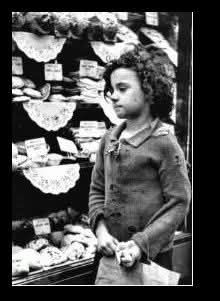London, 1910.
On a bitter morning in Whitechapel, a little girl named Eleanor Graves pressed her face against the window of a bakery. She was eight years old. Her fingers were cracked from the cold, and her dress was too thin for winter. Behind the glass, jam tarts and golden loaves glowed with a warmth she couldn’t reach.
She had no pennies. No food. And, it seemed, no future.
Her father had died in a scaffolding accident. Her mother worked 14-hour days in the washhouse. And Eleanor, clutching an empty cloth bag, knew something no child should: some are born into warmth, others into hunger.
But that morning, she made herself a quiet promise.
She would learn to read. She would find a way—not just for herself, but for every child who knew the ache she felt.
She taught herself letters from scraps of newspaper. A parish priest noticed her determination and helped her enroll in a church school. There, she discovered an old anatomy book—and fell in love with the idea of healing.
She didn’t dream of riches. She dreamed of relief.
In 1923, she earned a scholarship to university. Her coat was patched. Her classmates whispered behind her back. But she stayed. In 1930, she became a pediatrician.
By day, she ran a modest clinic in Mayfair. By night, she walked the streets of East London with a satchel full of medicine, bread, and second-hand coats.
She never married. Never saved money. Never stopped caring.
“I can’t change the world,” she once told a young student. “But I can change the night of a child.”
Through her small charity—The Bread of Dreams—she fed thousands and healed even more. When she passed away in 1980, there were no headlines. No statue. Just a rented room lined with children’s drawings.
But tonight, somewhere in London, a child eats without fear.
And in that warmth, Dr. Graves quietly lives on.✍️❤️
